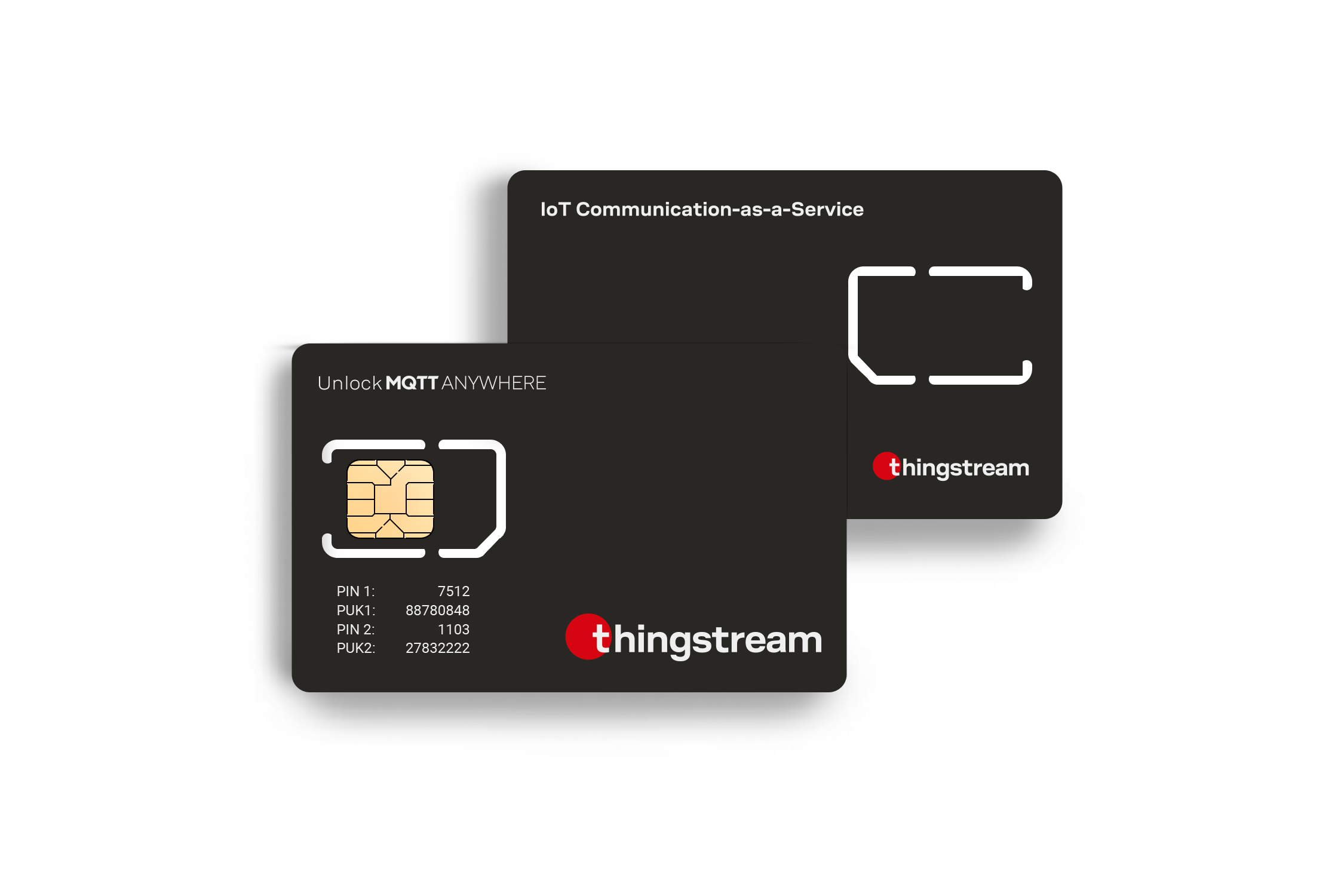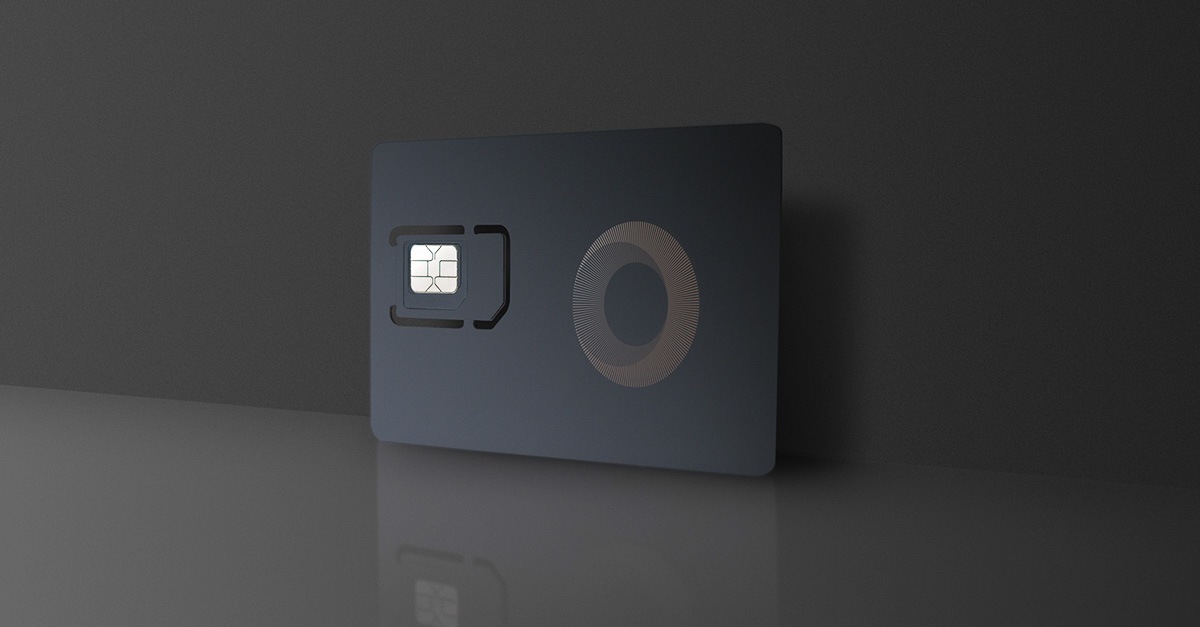Connectivity Management Platform IoT Ultimate Guide to Cellular IoT Networks
IoT Connectivity Platform M2M Connectivity Solutions in IoT
The Internet of Things (IoT) represents a transformative shift in how devices work together and communicate. Understanding how IoT connectivity works is important to know the implications and potential of this technology. IoT refers to a network of interconnected gadgets geared up with sensors, software, and other technologies that permit them to gather and change data over the Internet.
In essence, IoT connectivity facilitates communication between diverse units and platforms, enabling them to share data seamlessly. This interconnectedness extends past simple units to incorporate complex methods like smart properties, industrial machines, and even whole cities. As such, the infrastructure that supports IoT must handle a vast quantity of information and connections simultaneously.
For IoT methods to operate effectively, they utilize varied communication protocols corresponding to Wi-Fi, Bluetooth, Zigbee, and cellular networks. Each of those protocols has strengths and weaknesses tailor-made to specific use cases (Mobile Data Connectivity For IoT). Wi-Fi is prevalent in home and workplace settings due to its excessive knowledge transfer charges, whereas Bluetooth is extra appropriate for short-range purposes, like wearable units.
Zigbee and LoRaWAN are significant in smart metropolis purposes because of their low power necessities and skill to transmit data over lengthy distances. These protocols contribute to the grid of units that constantly relay data to improve performance and performance. For example, smart meters make the most of these protocols to ship crucial data to utility firms, aiding in environment friendly energy management.
IoT Connectivity Managementplatform Enhancing IoT Connectivity Solutions
The data collected by IoT units often undergoes processing before it can be utilized. Edge computing is a mannequin where data processing occurs close to the data's supply rather than a centralized information center. By processing knowledge on the edge, latency is lowered, and bandwidth is saved, as solely essential info is sent to the cloud. This mannequin proves helpful in scenarios requiring real-time evaluation, such as autonomous vehicles or smart manufacturing.
Cloud computing complements IoT connectivity by providing expansive storage capability and analytics capabilities. Once the information has been analyzed, actionable insights may be derived to inform decision-making processes. For instance, in healthcare, linked medical devices can monitor patients and alert healthcare providers if urgent action is required.
Security stays a critical concern in IoT connectivity. As units become more interconnected, the potential assault surfaces multiply, making them enticing targets for cybercriminals. Implementing robust security protocols, corresponding to encryption, two-factor authentication, and common firmware updates, is crucial to safeguarding sensitive knowledge. The shared vulnerability of related gadgets means that safety must be considered at every stage of the IoT improvement and deployment course of.
Interoperability is one other vital problem within the IoT panorama. Various producers and repair providers might make the most of completely different protocols and standards, which can create barriers in seamless communication. Open standards and frameworks are being developed to mitigate these issues, enabling units from different manufacturers to work collectively harmoniously. This cooperation can considerably enhance user experience and total system effectivity.
IoT Connectivity Control Overview of Cellular IoT Connectivity

The benefits of IoT connectivity permeate varied industries, offering opportunities for effectivity and innovation. In agriculture, IoT sensors can monitor soil moisture and climate conditions, permitting farmers to optimize irrigation and reduce waste. In manufacturing, real-time monitoring methods can forecast equipment failures, helping to keep up continuous manufacturing.
Smart cities leverage IoT connectivity to enhance city living. Traffic management techniques can analyze real-time data to optimize visitors move and scale back congestion. Similarly, smart waste administration systems make the most of sensors to observe waste levels, guaranteeing timely pickups and useful resource efficiency. These improvements demonstrate how IoT connectivity can enhance day by day life on multiple ranges.
IoT Connectivity Companies Definition of IoT Connectivity
Despite click here to read its potential, the IoT panorama is still evolving, with ongoing research and improvement aimed toward understanding and addressing its challenges. As extra devices come online, the need for scalable and sustainable connectivity becomes more and more very important. This interconnected future requires collaboration amongst technologists, policymakers, and business leaders to guarantee that the advantages of IoT are realized safely and inclusively.
In conclusion, understanding how IoT connectivity works encompasses more than merely grasping technical details. It includes recognizing the implications of this interconnected world, the necessity for robust security, and the challenges of interoperability. As know-how advances, the transformative potential of IoT will proceed to redefine industries and reshape daily life, ushering in a brand new period of connectivity and innovation. The ongoing growth of IoT technology suggests that we are only at the beginning of a journey that holds thrilling prospects for the lengthy run.
- IoT connectivity depends on numerous communication protocols similar to MQTT, CoAP, and HTTP, which facilitate knowledge change between gadgets and servers effectively.
- Devices geared up with sensors gather knowledge and utilize community connectivity, both by way of Wi-Fi, cellular, or low-power wide-area networks (LPWAN), to transmit this data.
- Cloud platforms play a important position in IoT connectivity, allowing for centralized data storage, processing, and management, which could be accessed by authorized users through the web.
- The integration of edge computing enhances IoT performance by processing knowledge nearer to the supply, decreasing latency and bandwidth usage.
- Security measures, including encryption and authentication, are important in IoT connectivity to guard sensitive information from unauthorized entry and potential cyber threats.
- Interoperability standards enable disparate IoT devices from different producers to speak and work together seamlessly inside a unified system.
- API (Application Programming Interface) integrations allow IoT gadgets to work together with third-party purposes, enriching overall performance and information evaluation capabilities.
- Network topology, which describes the association of connected IoT gadgets, impacts general system performance, reliability, and scalability.
- Real-time information analytics is often performed on knowledge aggregated from connected gadgets, enabling predictive maintenance, smart decision-making, and improved operational effectivity.
- Various IoT platforms, such as AWS IoT and Google Cloud IoT, present tools and companies that simplify the deployment and management of IoT connections and gadgets.undefinedHow does IoT connectivity work?
What is IoT connectivity?
Cloud Connectivity In IoT Growth of Usable IoT Satellites
IoT connectivity refers to the means by which devices talk and share data over the Internet. It involves varied networking technologies, including Wi-Fi, cellular networks, and low-power wide-area networks (LPWAN), enabling gadgets to exchange info seamlessly.
What gadgets can hook up with IoT networks?
IoT Connectivity Technologies Enterprise Managed IoT Connectivity Services
Almost any device can hook up with IoT networks as lengthy as it has sensors and internet connectivity. Common examples include smart appliances, wearables, industrial machines, and automobiles, all designed to gather and transmit information - IoT Connectivity Companies.

How does data journey in IoT networks?
Data in IoT networks travels via multiple layers of technology, ranging from the device’s sensors, shifting by way of gateways or hubs, and eventually reaching cloud servers where it might be processed and analyzed, facilitating real-time decision-making.
IoT Connectivity Security Six Major IoT Connectivity Technologies
What are the security measures in IoT connectivity?
Security measures in IoT connectivity usually embody encryption, device authentication, secure boot processes, and common software program updates. These protocols are essential to protect gadgets from unauthorized access and ensure information integrity.
Can IoT gadgets operate without internet?
While many IoT units depend on web connectivity for real-time knowledge trade, some can function on native networks or within local processing techniques. However, they might have limited functionality and interoperability with out internet access.
What Is IoT Connectivity? What Does IoT Connectivity Look Like?

What position does cloud computing play in IoT connectivity?
Cloud computing plays a crucial position in IoT by providing storage, processing click reference energy, and analytical instruments that enable huge amounts of data collected from gadgets to be processed and utilized successfully, enabling insights and automation.
Are there standards for IoT connectivity?
Yes, varied standards and protocols exist for IoT connectivity, together with MQTT, CoAP, and Zigbee. These guarantee interoperability between devices and networks, selling seamless integration and communication among different IoT methods.
IoT Satellite Connectivity Smart Connectivity for IoT Services
How can I ensure my IoT gadget is compatible with my network?
To guarantee compatibility, examine the device specs for supported connectivity options like Wi-Fi frequencies, Bluetooth versions, or cellular standards. Additionally, consult your network provider concerning compatibility with totally different IoT technologies.

What are the challenges in IoT connectivity?
Challenges in IoT connectivity embrace points associated to safety, scalability, interoperability, and knowledge administration. Addressing these challenges is essential for the successful deployment and operation of IoT methods across varied industries.